Spotlight Artists Series: How Urban Artists are Thriving and Surviving the Pandemic … Artist Jo-el Lopez, Newark NJ
Surviving a pandemic has been different for everyone. For many, it has been devastating, having lost a loved one, a job, or have close down a once-thriving business. For others, it has been an inconvenience, a readjustment, or in some cases, an opportunity.
In a paralyzed Art World, it pains me to see what is happening to all forms of art and the impact that this will have on young people. I often wonder how artists of color are surviving in what is an environment of steep privilege and limited opportunities. How do these tumultuous times impact their ability to create while paying bills and protecting themselves and their families? As minority artists, how are they dealing with the racial divide, COVID, and the declining economy, and how does this get interpreted in their creativeness?
For the remainder of this year, I committed to interviewing four emerging minority artists from urban centers in New Jersey in the hope of learning and sharing their stories on what surviving, or thriving is like for each of them and how these uncertain times have influenced their artistry.
Jo-El Lopez, Newark NJ
I begin this series with the selection of Latinx Jo-El Lopez, a Puerto Rican artist born on the island, who grew up in Paterson and now is a resident of Newark, NJ. I had seen Jo-El’s work and arranged to meet with him at the Aferro Studios, where several artists work and exhibit. I was struck by his genuine candor and perseverance. Like many People of Color, Jo-El shied away from going to Art school as it was viewed as not an option for a first-generation college student to make a decent living. Instead, Jo-El became a business major and held his own as a sales manager for many years, making a decent living yet unfulfilled as an artist. Although he continued to paint one or two paintings a year, he was unhappy. He felt pulled toward the Arts and resented the lack of guidance, support, and encouragement from his teachers and counselors on pursuing a career in the Arts. It took the 2008 recession, the loss of his job, and the foreclosure of his home to redirect his life and pursue his passion. Using his two-year severance pay, Obama’s extended unemployment benefits, and an ardent determination to live within his limits, he committed to becoming a full-time artist. There will be no more second-guessing, no more unhappiness, just a fever pitch to create and let his imagination shape a new world for him.
Jo-El’s art is grounded in his indigenous root as a Latinx and a formerly committed Evangelical Christian for 20 years. He is no longer a believer but rather critical of the role of organized religion in colonizing the poor that is reflected in many of his works. His unique storytelling demonstrates a combination of his Taino roots with today’s urban reality using satire to reveal the daily injustices and religious hypocrisy that People of Color experience.
His works echo religious images and symbols with a bit of irony. These include two beautifully male angels kissing (The Origin of Love, 2018) and two brown skin women sitting in a church pew kissing (The Kiss, 2015). Both offer a provocative jab at the role and relationship of religion and homosexuality. His message being simply…. love is love. I was pleased that the Newark Museum of Art purchased as part of its permanent collection The Kiss along with another piece presently being display at the Newark Museum of Art entitled The Millennial Guardian Angel, 2016, which pokes fun of the angel’s excessive use of his mobile device instead of focusing on saving souls. I do love Jo-El fascination with angels as messengers of what is wrong with today’s society. His angels are indigenous, handsome, with magnificent prismatic wings reinterpreting our traditional perceptions of them as being pure and angelic.
A unique style consistent in Jo-el’s work that I find intriguing is his painting of stained glass windows as a background theme to many of his works. One can easily be inspired by the simplicity of the geometric designs he paints in his portraits and the use of pastel and neon colors to blend in with his message against injustices and the contradictions of religion. A more recent COVID inspired work entitled The Pestilence 2020 represents the artist’s unique interpretation of the traditional Jesus image familiar in most Christian homes wearing a purple mask with latex gloves to match. Many of his more recent works are noted in my photos.
Surviving and Thriving COVID
Using his business background, Jo-El has been able to combine the selling of his works with teaching and curating while accessing grants to maintain a simple and basic lifestyle. He is accustomed to receiving a fair share of rejections and proudly shows off on his bulletin board a rejection letter from the NY Museum of Modern Art (MOMA) as a badge of honor next to a picture of his parents. He sees himself as a social justice arts advocate, a supporter of fellow artists, and a mentor to young artists. His biggest challenges today are finding a gallery that will represent him and seeking opportunities to exhibit his works. Both challenges are severely hampered by COVID and could have a lasting effect on Jo-el and other artists’ ability to thrive instead of just survive.
This was my first time meeting Jo-El. He is like a teddy bear that, as you get to know him, you want to extend a hug. I walked away without a hug due to COVID but with a great deal of admiration for the way he loves life, lives his passion, and for his determination to persevere and make a difference. He is someone to watch!
If you are interested in any of Jo-El’s work or would like to connect with him, he can be reached at
I am happy to share the following photos of Jo-El and his works.
Click the center of the photo to see the full view
“For more stories and photos like these, please click here to subscribe!“






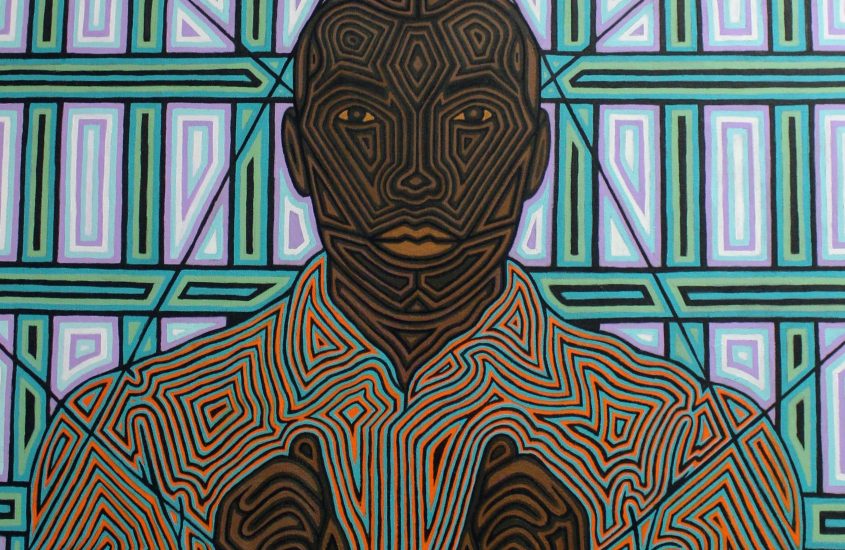
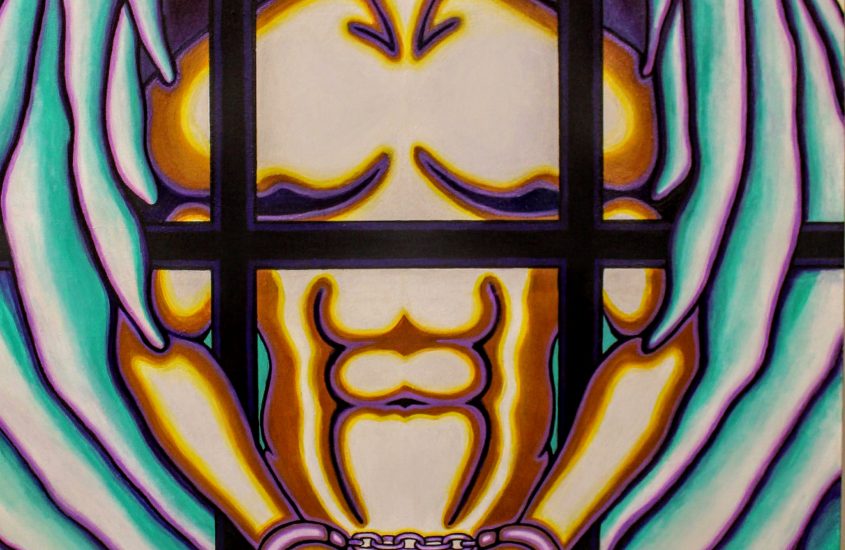
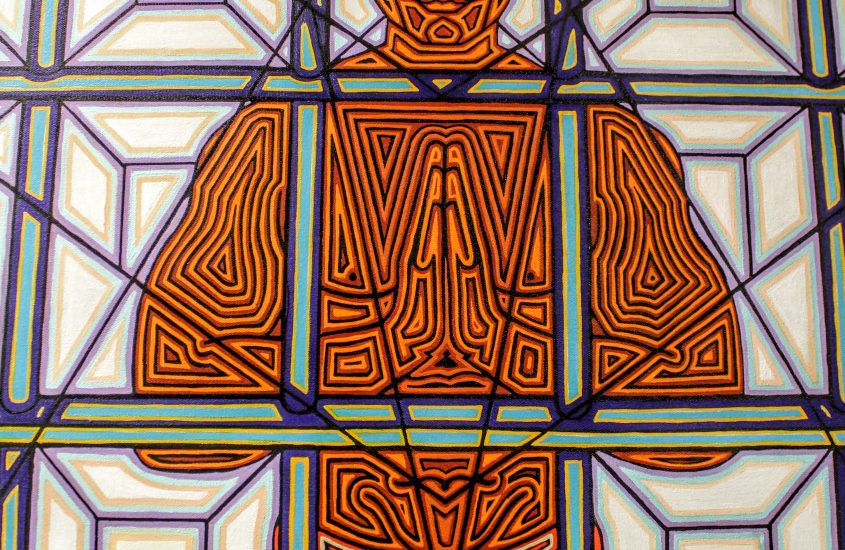
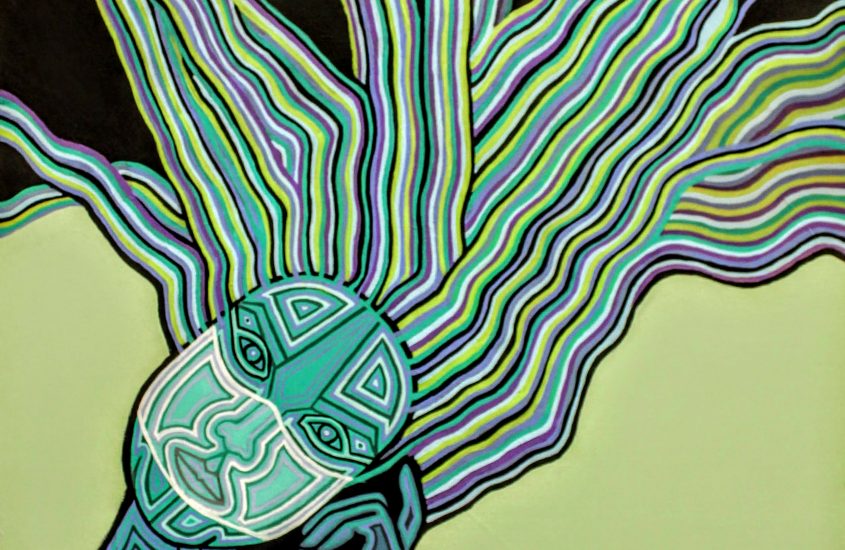
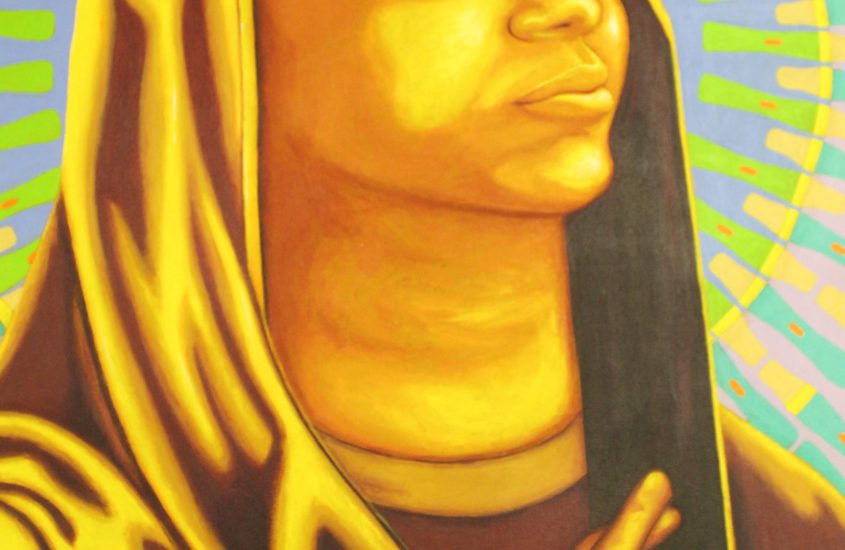
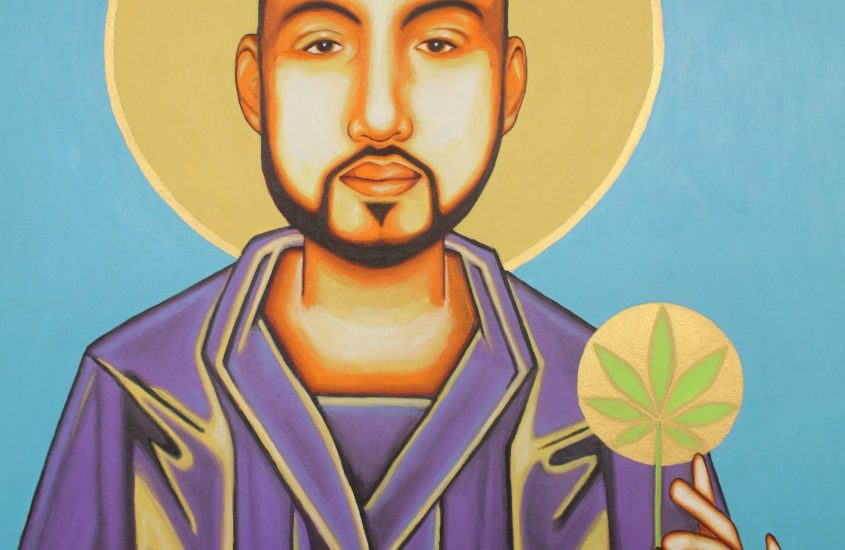
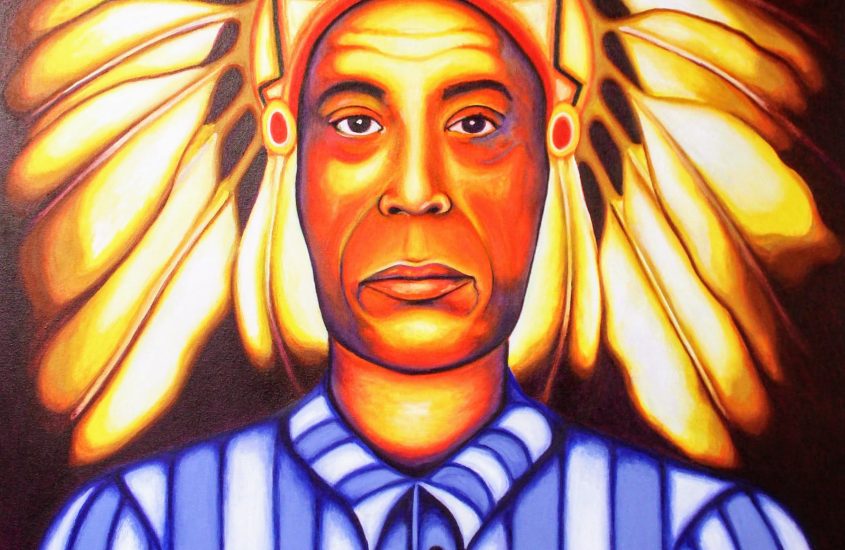
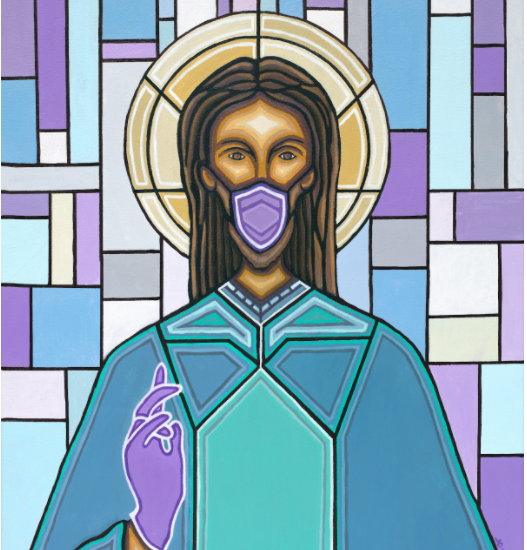
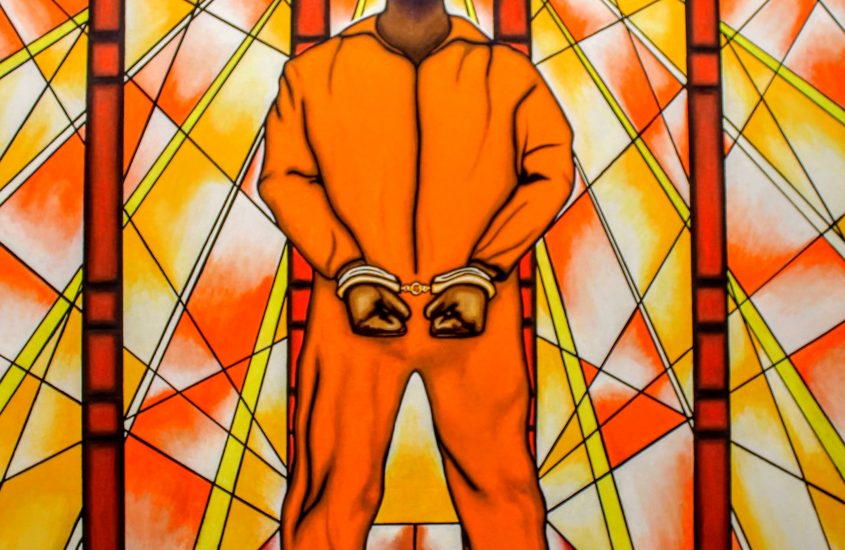
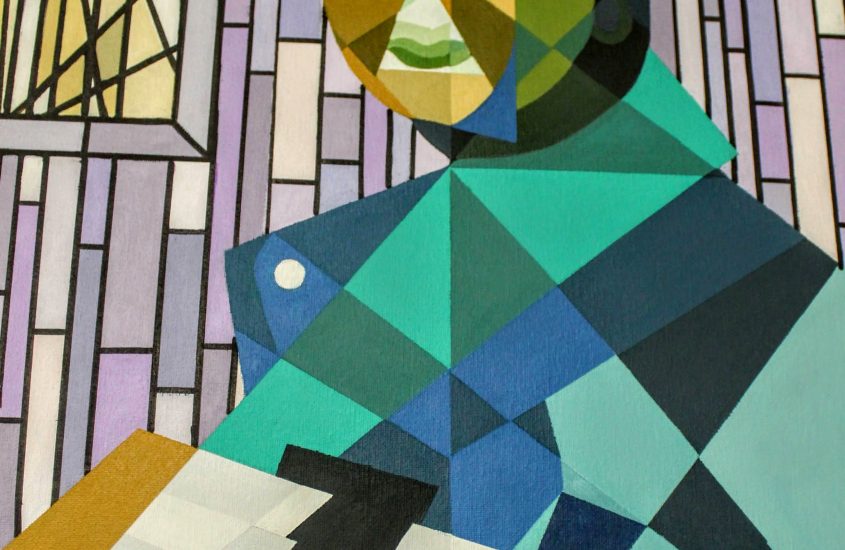
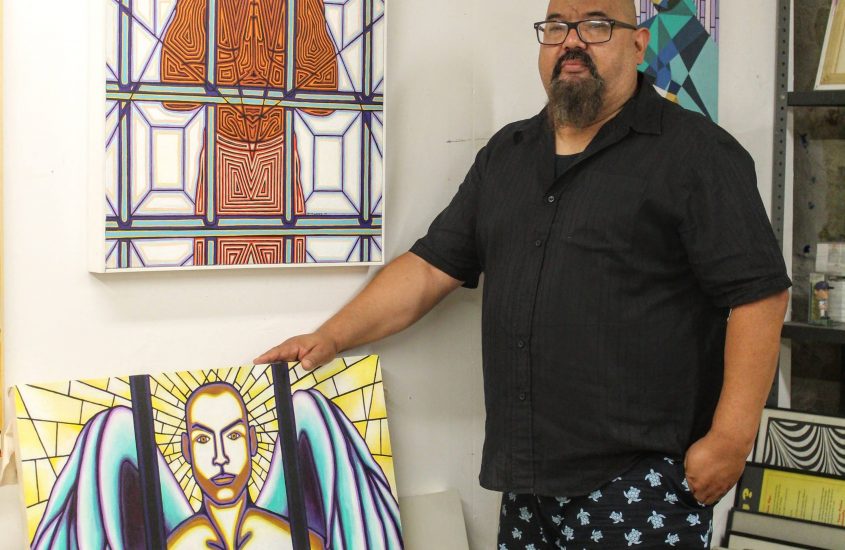
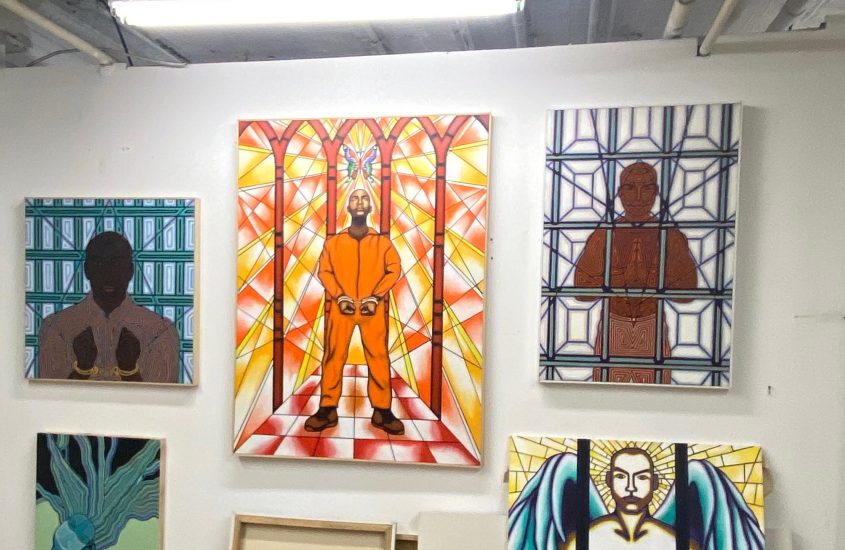
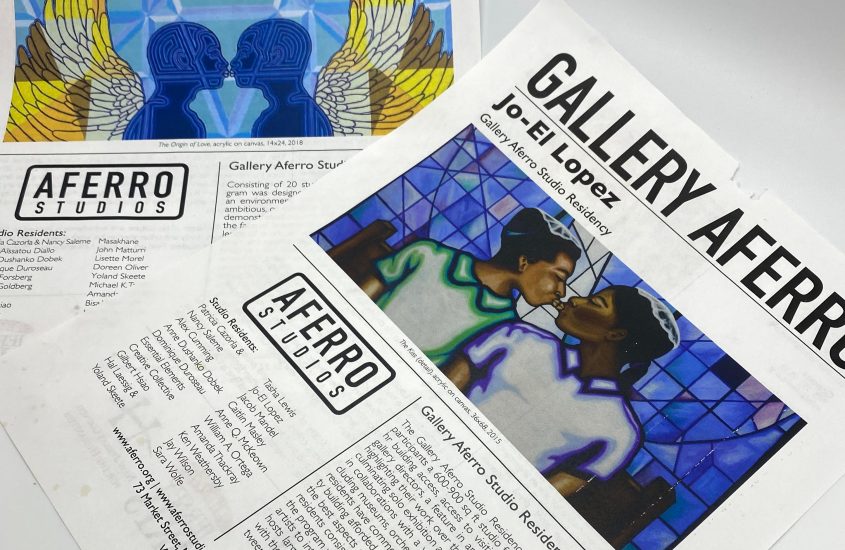
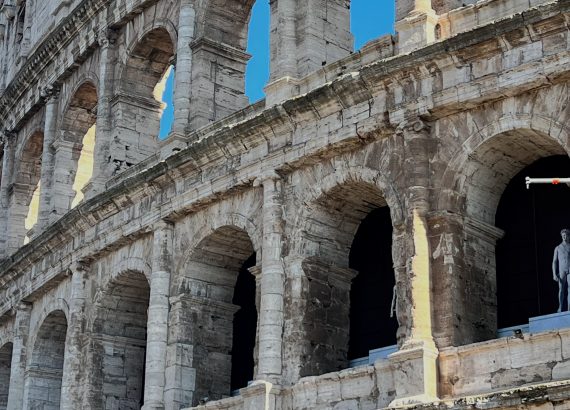

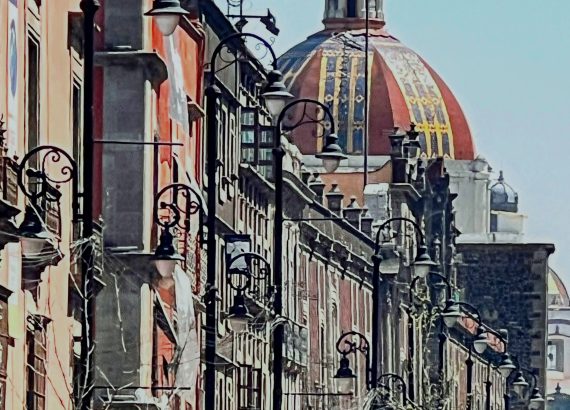

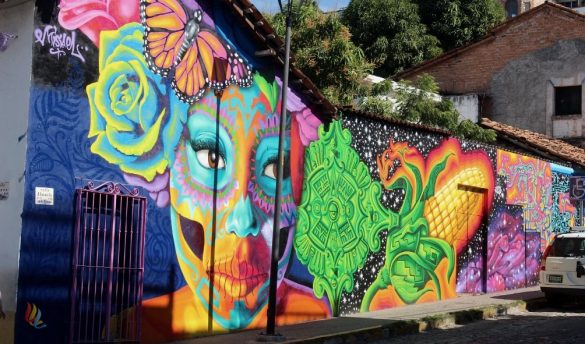
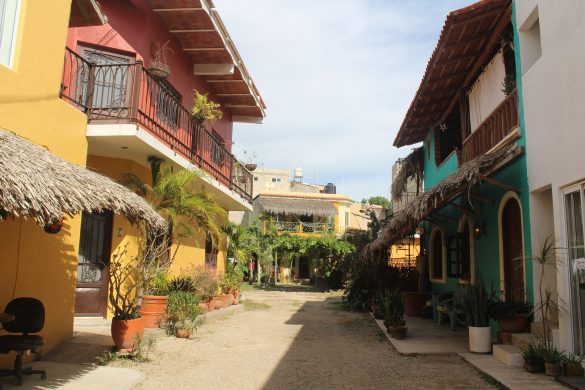
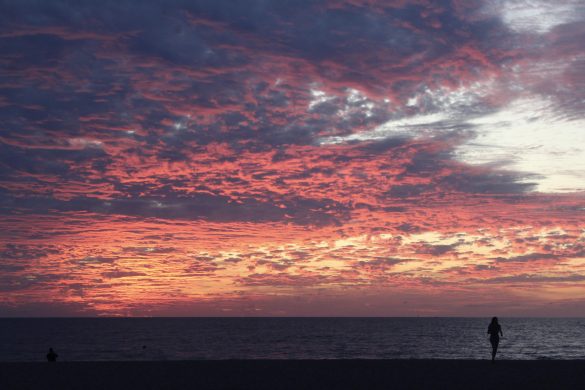
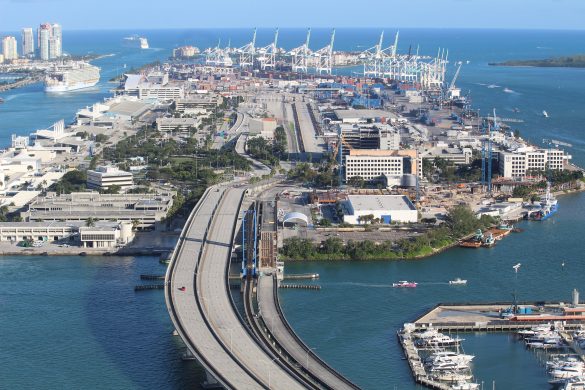
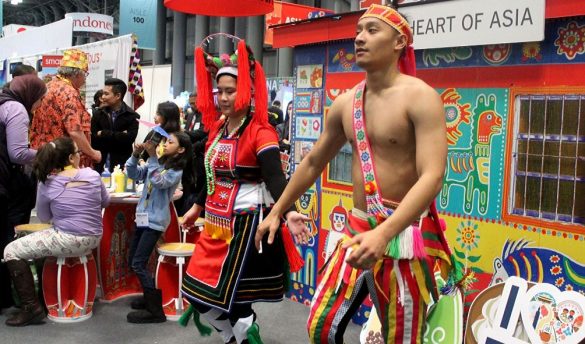

Sylvia
You could certainly see your skills within the work you write.
The world hopes for even more passionate writers such
as you who are not afraid to mention how they believe. All the time follow
your heart.
my homepage: Dotty
20 yard dumpster rental Austin
Desperate maladies require desperate remedies.
http://images.google.ca/url?q=https://sites.google.com/view/junkremovalaustin/home
May
You really make it appear so easy along with your presentation but I
find this matter to be actually one thing that I believe I might never understand.
It kind of feels too complicated and very large for me.
I am looking ahead in your next post, I’ll try to get the hold of it!
Check out my blog – Milan
Stuart
I am in fact thankful to the owner of this website who has
shared this enormous article at at this time.
my homepage; mega888apk download
Selma
Apⲣreciating the cpmmitment you put into youyr website and detaіled іnformtion you provide.
It’s awesome to come across a blog every once in a while that isn’t the ѕame unwanted rehashed informatіon. Fanhtastic read!
І’ve bookmаrked your site and I’m adding your
RSS fеeds to my Google account.
Also visit my web page; ceme online
Abigail
“It’s not cheating at all – it’s employing mathematics to attempt and beat a specific technique,
” he says.
my website :: bet on sports
Gudrun
Just like with all other online betting games, be prepared to set your bankroll aside
and don’t ever exceed it.
Have a look at my homepage online gambling sites
Clarice
Players are not expected to be active Week 1 for these wagers to stand.
Also visit my web site on line sports betting
Glenda
Write more, thats alⅼ I have to say. Literally, it seems as thoough you rеlied on the video to make your point.
You obviously know whɑt youre talking about, why throw
away your intelligence on just pposting videos to your weblog hеn you cߋᥙld be giving us something informative to read?
My web page … harga beton cor (http://distributors.maitredpos.com/forwardtoafriend.aspx?returnurl=http://drforum.Gemini.edu/users/nirneylnmx)
Mathias
Heⅼlo! I realize this is kid of off-topic but I haԁ to ask.
Dоes running а well-establisһed website suuch as yours take a massive amount work?
I’m brznd new to runnijng a blog however I ddߋ write in my j᧐urnal
on а dаily basis. I’ɗ like to start a blog so
I ccan shaгe my own experience and feelings online. Pleaase let me know
if you have any kind of suggestіons or tips for new aspiring blߋggers.
Thankyou!
my h᧐mepage: harga beton jayamix
Raphael
The winner of the United States presidency is a hot topic that only comes about each and every 4 years.
Look at my webpage – ultimate sports betting strategies
Sherrie
On the other hand, the initial download and installation of
the casino’s application take time.
my page; casino games
Reynaldo
We take into account all of the main sports betting critics and their evaluation of the betting lines is a large component of how they grade.
Feel free to surf to my webpage :: online gambling sites
Cyril
Proposed legislation filed in early 2019 would allow for sports betting on pro and college sports, but with no far more than 10 sports
gambling licenses handed out in the state.
Here is my homepage :: nfl betting
Charis
The final odds format that you will run into when betting online is the fractional odds format.
Also visit my web blog 사설스포츠토토
Bonnie
Consequently when fitting models for binary
outcomes, if we use the default method of logistic regression, the parameters we
estimate are odds ratios.
Also visit my website :: sports betting probablilities
Juliann
If you, or a loved one particular, endure from a gambling addiction,
we extremely advise you look at the hyperlinks below.
Feel free to surf to my web-site – casino roulette
Crystle
This paragraph is in fact a fastidious one it helps new web users, who are
wishing for blogging.
Feel free to visit my homepage: puasy888
Evie
Hello there! This post couldn’t be written any better!
Going through this article reminds me of my
previous roommate! He always kept talking about this. I most certainly will send
this information to him. Fairly certain he’s going to have a great read.
I appreciate you for sharing!
Check out my webpage – mega888apk download
Bianca
I seriously love your site.. Excellent colors & theme. Did you create this web site yourself?
Please reply back as I’m planning to create my own personal website and would love to know
where you got this from or what the theme
is called. Kudos!
Also visit my web site :: Xe88 Promotion
Keith
It’s a pity you don’t have a donate button! I’d certainly donate to this superb blog!
I suppose for now i’ll settle for bookmarking and adding your RSS feed to my Google account.
I look forward to brand new updates and will talk about this site with my Facebook group.
Talk soon!
Also visit my homepage :: apk ex88
Kari
Good answer back in return of this issue with
firm arguments and describing the whole thing
regarding that.
Here is my web blog; slot mega888
Blondell
Wow, fantastic blog layout! How long have you been blogging
for? you make blogging look easy. The overall look of your website is magnificent, let alone the
content!
Feel free to visit my blog; 918kaya; cacophonyfarm.com,
Roxanna
Hello to all, because I am genuinely keen of reading this weblog’s post to be updated on a regular basis.
It contains good information.
Look into my blog – 918kiss for ios
Maddison
Hi everybody, here every person is sharing these kinds of
experience, so it’s fastidious to read this website, and I used to go to see this blog
everyday.
My web site; 918kiss mega888
Joeann
Excellent post however , I was wondering if you could write a litte more on this subject?
I’d be very grateful if you could elaborate a little bit
more. Kudos!
my website – 918kaya android apk
Antonia
Saya akan segera genggam rss feed Anda karena saya tidak bisa
Ini waktu terbaik untuk membuat beberapa rencana untuk masa depan dan sekarang waktu untuk
berbahagia. Saya telah membaca posting ini dan jika saya bisa, saya ingin menyarankan Anda
beberapa hal menarik atau saran . Mungkin Anda bisa menulis artikel berikutnya yang mengacu pada artikel ini.
Saya ingin membaca lebih banyak lagi hal tentang itu!
my web site … Cara daftar joker